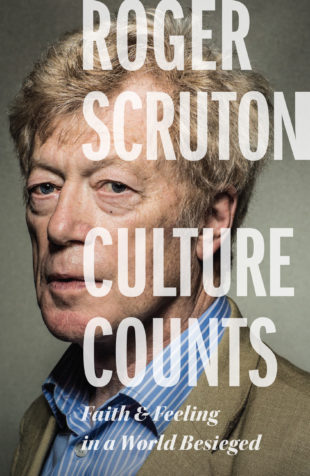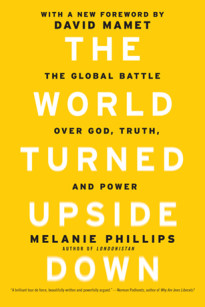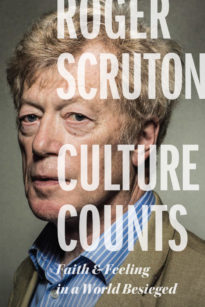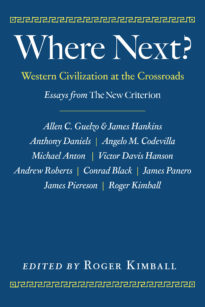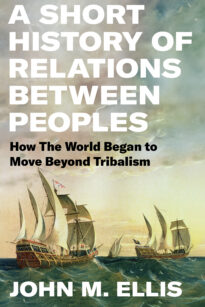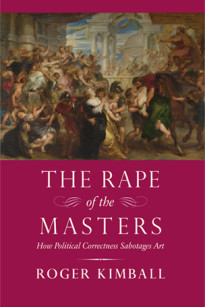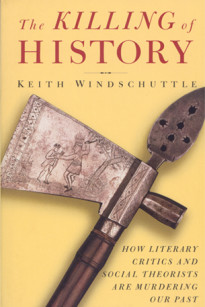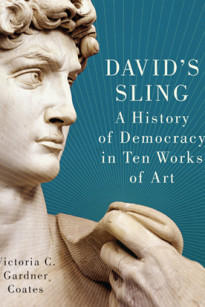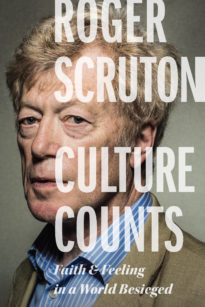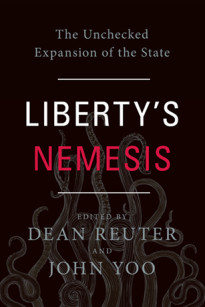Anthropologists write of the “culture” of the people they observe, meaning those customs and artifacts which are shared, and the sharing of which brings social cohesion. Ethnologists, on the one hand, define culture more widely, to include all intellectual, emotional, and behavioral features that are transmitted through learning and social interaction, rather than through genetic endowment. Sociologists, on the other hand, use the term more narrowly, to mean the thoughts and habits whereby people define their group identity, and stake out a claim for social territory. In all those uses, the term “culture” is associated with the human need for membership, and describes a shared asset of a social group. In this book I shall be defining “culture” in another way, to denote an acquisition that may not be shared by every member of a community, and which opens the hearts, minds, and senses of those who possess it to an intellectual and artistic patrimony. Culture, as I shall describe and defend it in this book, is the creation and creator of elites. This does not mean, however, that culture has nothing to do with membership or with the social need to define and conserve a shared way of life. Although an elite product, its meaning lies in emotions and aspirations that are common to all.
By “culture” I mean what has also been called “high culture”—the accumulation of art, literature, and humane reflection that has stood the “test of time” and established a continuing tradition of reference and allusion among educated people. That definition raises a question: whose accumulation, and which people? In response, it is useful to revisit a distinction, made in another way and for another purpose by Herder, and exploited for yet another purpose by Spengler, between culture and civilization. A civilization is a social entity that manifests religious, political, legal, and customary uniformity over an extended period, and which confers on its members the benefits of socially accumulated knowledge. Thus, we can speak of Ancient Egyptian civilization, Roman civilization, Chinese civilization, and Western civilization. Civilizations can include each other, whether as contemporaneous or as successive parts. For example, Roman civilization includes that of Roman Gaul, and Islamic civilization that of the Abbasids.
The culture of a civilization is the art and literature through which it rises to consciousness of itself and defines its vision of the world. All civilizations have a culture, but not all cultures achieve equal heights. The stone-age civilization that produced the wall-paintings of the Lascaux caves has left a memorable icon of its world, but its one lasting cultural achievement pales beside the art and literature of Greece. Whether we can describe one culture as objectively superior to another is a question that I shall touch on later in this book. For the moment it is enough to recognize that cultures are the means through which civilizations become conscious of themselves, and are permeated by the strengths and weaknesses of their inherited form of life. There are as many cultures as there are civilizations, even though you can belong to a civilization and know little or nothing of its culture—which is the situation of most Westerners today.
